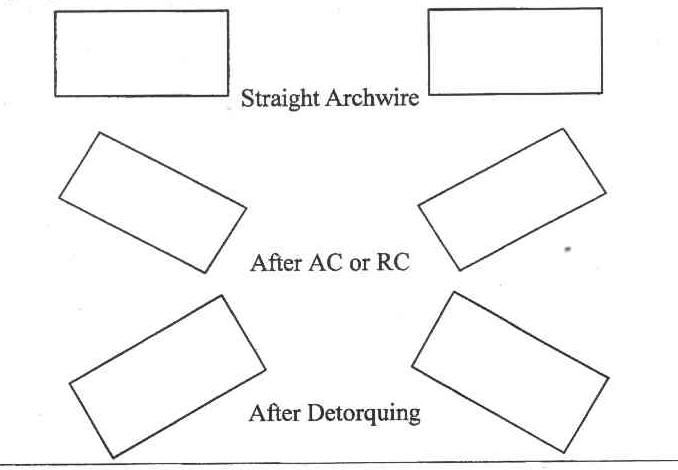
 |
Project 10 .018 x .025 Posted Arch wire
Purpose
1. Retraction of anterior teeth
2. Final tooth positioning
3. Proper angulation
4. Proper inclination
5. Final space closure
6. Proper arch form, etc
7. Final bite opening
8. Obtain maximum fine tuning
When Placed
1. Retraction of anterior teeth
2. Final phase of treatment
Approximate Treatment Time
3-5 months
Contra-Indications
1. When there are rotations, etc. to be corrected
2. When it is very difficult to place arch wire into brackets
Instruments:
1. Light Wire or Bird Beak Pliers (201-425 or 201-426)
2. Mathieu Narrow Tip (201-121)
3. Mathieu Wide Tip (201-101)
4. Ligature Director (200-201)
5. Schure Band Seater (200-208)
6. Distal End Cutter (201-205)
7. Pin and Ligature Cutter (201-107)
8. Heavy Wire Cutter (200-412)
Material:
1. .018 x .025 Arch wire (posted)
2. Pletcher Springs
3. Power chain
4. Alastiks
Force System:
1. .018 x .025 Arch wire (Posted)
2. Pletcher Spring
3. Power chain
Xin Wei, DDS, PhD, MS 1st edition 11/21/2013, last revision 11/23/2013